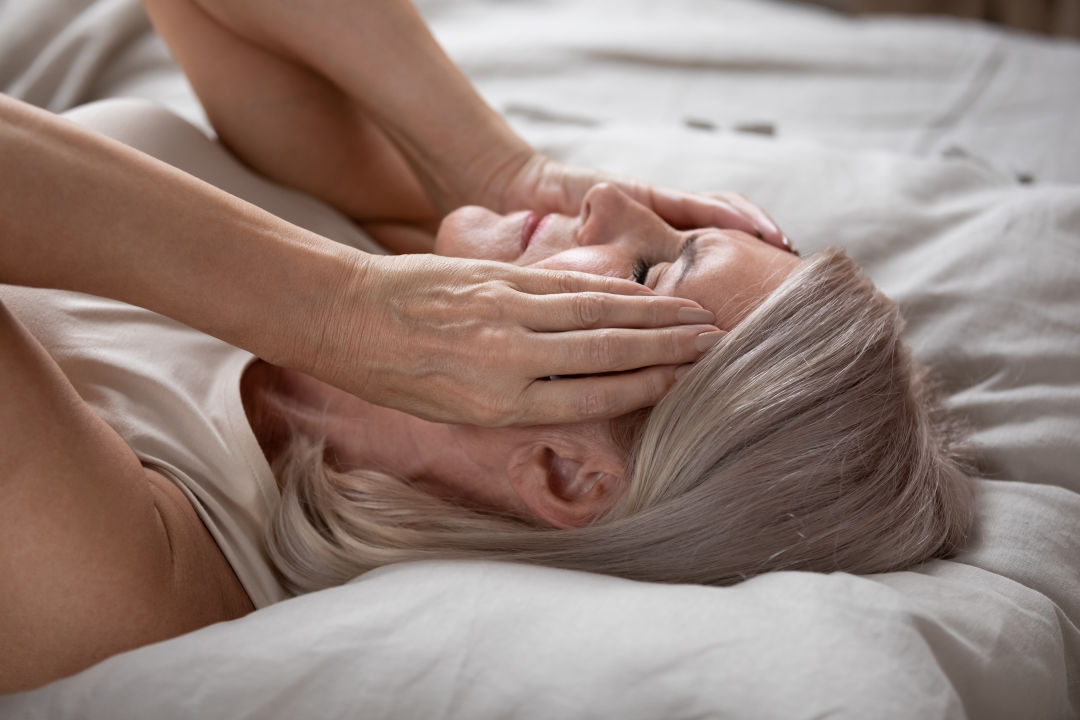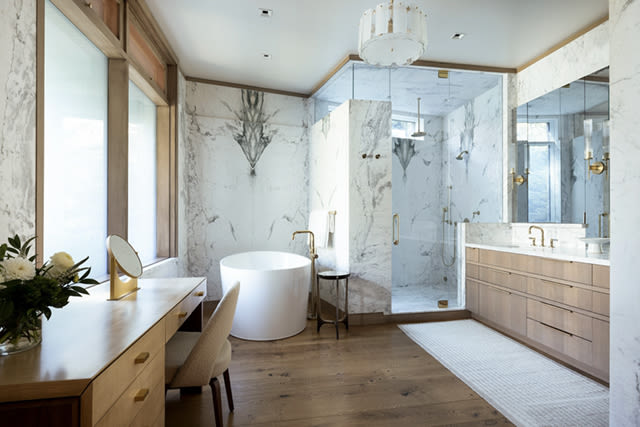Chasing Mountain Dreams Achieving Restful Sleep at High Altitude
Sleep and Altitude
Even at sea level, breathing at night is different than it is during the day. Breaths naturally become slower and spaced farther apart. At altitude, where there are fewer air molecules brought into the lungs with each breath, this slower breathing leads to decreased blood oxygen levels, and kicks off a chain of events that leads to a brief cessation of breathing and a sudden gasp for air. This Periodic Breathing disrupts sleep and contributes to frequent waking during the night.

Even healthy, fit people can suffer from High Altitude Periodic Breathing. It can be triggered at around 6,000 feet, and might continue even after the body has otherwise adjusted to living at high elevation. It also might become more pronounced the older you get, meaning even if you previously slept fine in your mountain home, you could be struggling now.

Compounding the issues, circadian rhythms can be disrupted by the aging process, and that combined with changes in the production of hormones such as melatonin and cortisol cause many people to spend more time in lighter sleep, wake more frequently, and fall short the seven to nine hours of restful sleep per night that is recommended by the National Institute on Aging.
Poor sleep leads to fatigue, irritability, and shortened attention span during the day. In short, poor sleep can prevent you from enjoying your mountain home and the active mountain lifestyle that comes with it. Until you catch some real dreams at night, you can’t enjoy your dreams during the day!
There are things we can all do to help improve sleep. Exercise, exposure to sunlight during the day, eliminating artificial lighting at night, reducing bedtime distractions, and a regular routine can all contribute to more restful sleep. But when we live at high altitude, there is one more piece to the sleep puzzle; oxygen.

Sleeping in an oxygenated room removes some of the conditions that lead to High Altitude Periodic Breathing. And just eight hours of oxygenated sleep can also alleviate the common altitude-related symptoms that would otherwise occur during the day. If your pre-existing medical conditions are aggravated by altitude, nocturnal oxygen can help that too.
Oxygenating Your Bedroom
Combining room oxygenation with good sleep habits could bring relief to your sleeping challenges. At Altitude Control Technology, we pioneered True Altitude Simulationtm with the Altistattm to reduce effective altitude in your room by as much as 7,000 feet. Tucked neatly out of sight, our system constantly monitors both the conditions of the room’s air and the partial pressure of atmospheric oxygen. It is precisely calibrated to maintain a safe and consistent oxygenation level based on your preferred altitude for sleep. It’s like playing in the mountains by day and teleporting to sea level for restful sleep at night.
You can achieve your mountain dreams both day and night! For more information, contact Altitude Control Technology at 970-528-1300, or visit AltitudeControl.com








































